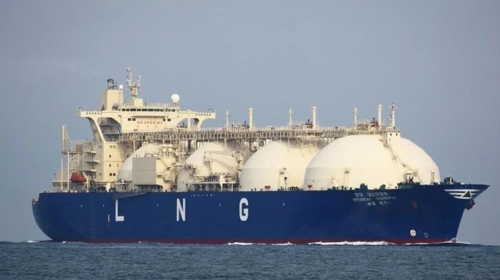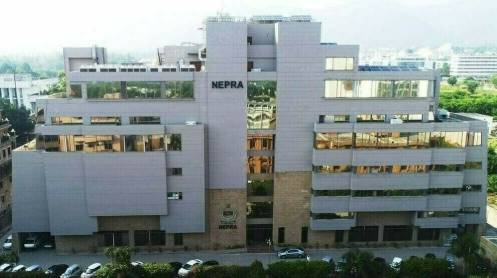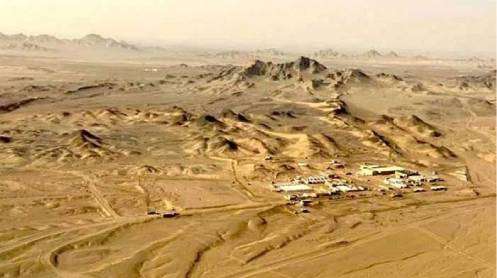Value chain of RLNG in country , By 2030, Ogra forecast suggests that the country’s gas shortfall will be almost 4,000 mmcfd. This gas deficiency resulted in decline in electricity generation from 12.15% during July-April 2021 to 8.5% in July-April 2022. Owing to the depleting gas reserves, Pakistan entered into the LNG market and availed a cheaper cost of electricity generation by replacing expensive furnace oil. Since 2015, Pakistan has become the seventh biggest importer of LNG in the world. This is underscored by several long-term contracts. Two long-term government-to-government (G2G) contracts are with Qatar. Similarly, Pakistan has long-term contracts with the leading oil and gas company Eni and with Singapore-based commodity trading company Gunvor, which is slated to expire in July 2022.
In 2015, the first G2G agreement between PSO and Qatar was signed on a “take-or-pay” basis to procure 3.75 million tons of LNG per year at 13.75% of crude price. To top up, in 2021, Pakistan struck another long-term contract with Qatar for 3 million tons per year of LNG at 10.5% slope of crude. In addition, since 2017, Pakistan also has long-term contract with Eni for supply of a total of 0.73 million tons per year for the next 15 years, which is approximately 100 mmcfd of LNG. In totality, Pakistan can import around 1,000 mmcfd (900 mmcfd and 100 mmcfd under long-term contracts with Qatar and Eni respectively). Besides, Pakistan also makes spot purchases, which is less than 15% of total LNG imports. For transportation purpose, gas is stored in liquid form at -160°C and compressed to 1/600 of its volume. Pakistan has two LNG terminals which are basically Floating Storage and Re-gasification Units (FSRUs).
Value chain of RLNG , FSRU is in a way can be termed a ship. Upon arrival at port, a large LNG carrier is coupled with FSRU for decanting. Subsequently, it is stored in floating tanks and later vapourised/ re-gasified for pumping to the gas pipeline network. Pakistan awarded the LNG terminal (FSRU) to Elengy Terminal, which has been operational since 2015 and has handling capacity of 4.5 million tons per year, equivalent to 630 mmcfd. Second terminal was awarded to GasPort Ltd, which has capacity of 750 mmcfd. Currently, the combined capacity of both LNG terminals is more than 1,200 mmcfd, which is much higher to handle LNG under long-term contracts. Both terminals have storage capacities of almost 140,000 tons. Last year, Ogra awarded two more licences to Mitsubishi subsidiary Tabeer Energy and Energas for the construction of two LNG terminals (FSRU) to import and sell gas in the private sector without sovereign guarantees.
Implementation of both projects has hit a snag as gas transportation agreements (GTAs) with gas distribution companies – SSGC and SNGPL – to allocate pipeline capacity of 300-500 mmcfd has not been signed to transport LNG to its customers. Value chain of RLNG With the completion of Tabeer Energy terminal capacity 750-1,000 mmcfd and Energas capacity of 750 mmcfd, Pakistan’s import and handling capacity will exceed 3,000 mmcfd. In Asian markets, the LNG price is linked to oil and its sale and purchase is done at a slope of crude oil prices. The slope of an LNG contract denotes the degree of indexation of gas price to oil and is thus a measure of how much the gas price changes relative to change in the oil price.
A slope of 16.67% is approximately oil parity, which essentially means that one mmbtu of gas produces energy equivalent to 16.67% energy content of a barrel of oil. Thus, a contract above 16.67% is at premium whereas below is at a discount rate. Pakistan’s long-term contracts are in between 10.5% and 13.75% price of crude oil. Ogra determines monthly weighted average price of LNG based on various factors include cost of LNG, PSO/ PLL margins, terminal charges, retainage and T&D losses.
For the month of June, Ogra notified LNG at $20.76 per mmbtu and $22 per mmbtu for SNGPL and SSGC respectively. This exorbitant price was due to fact that eight LNG cargoes under the long-term contract cost $13.89 per mmbtu. However, spot LNG cost us at an average of $24 per mmbtu. The same can be witnessed in NTDC’s economic merit order for the month of July that indigenous gas-run power stations are costing up to Rs12 per kWh whereas the LNG diverted to even highly efficient plants is costing a minimum of Rs25 per kWh. In comparison, for June 2018, Ogra notified LNG rates of $11.89 per mmbtu and $12.11 per mmbtu, resulting in LNG-run power stations producing electricity at Rs9.2 per kWh.





